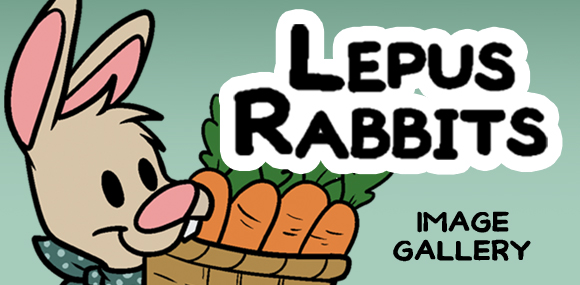Comic Series
Latest Comics
By now, most Urban Underbrush readers have probably finished the Christmas story, “How Caius Stole Christmas” (except for the bonus page, which will be posted on Saturday, December 22). If you haven’t read the story yet you can go read it from the beginning. (You might want to look at it before reading this blog post. Here there be spoilers.)
This chapter was obviously a little different from the other chapters. But it’s one I had been working on for some time. I had the idea for this plot while Urban Underbrush was still in the planning stages. I wrote the final script last March and decided then that I would need to schedule more updates or else this story would take half a year to finish (even starting on November 8 felt a little too early). I could have cut it down or changed it to a simpler idea, but I don’t think anything less than the full version would have been worth the time and effort. This was the story I wanted to tell.
I took a few risks with “How Caius Stole Christmas.” First of all, it’s probably not the story my audience expected. I imagine most readers were anticipating a more typical cartoon Christmas story about Dynamite and Detonator on a mission to spread cheer and goodwill. Probably by means of a dangerous contraption, perhaps a rocket sled. I’d like to tell that story too someday, but Caius’s story couldn’t wait any longer.
It was a little odd to give Caius the biggest role. He’s not the lead character. He’s not even the most important supporting character. And when I did my last readers survey, Caius did not test well with the audience. I was especially worried about this when I posted the Silent Night comic. I feared that readers would dislike Caius so much that they wouldn’t care if he were in danger. Or they might object to my use of a hymn. Or maybe I wasn’t a good enough artist to draw an intense, emotional strip like that without looking phony or heavy handed. But I had to include that one. It’s how the story goes. The response was largely favorable, although some readers were concerned that Caius might be dead (good thing that one didn’t run on a Friday.)
So if this story might be a bad idea, then why did I plow ahead? Because this was the chapter that the Urban Underbrush world was ready for. The time wasn’t quite right for some of the other characters to take the spotlight, but it was time to get to know Caius better. And Caius needed to change a little. I felt like any more stories about Caius being a selfish thief would be a repeat of his introduction story. Caius as a somewhat reformed thief holds a few more possibilities. I also wanted to change Caius’s relationship with the other characters, especially Clive (who needed to show a little more humanity).
And now that I’ve reordered the world a little bit, a few more pieces are in place for some other stories I want to tell. Don’t worry, Caius won’t take over the comic, but he will play a key role in some upcoming events. So keep an eye on him.
What did you think of the Christmas story. I’d love to know. Feel free to post any comments here. I promise I’ll read them.
I’ll be back to running comics on the week of January 7. Until then have a nice break and Happy Holidays.
-Marj

























